NASA’s Hubble Telescope captures stellar Butterfly Nebula; Know all about NGC 2346
The Hubble Telescope, which NASA and ESA run in collaboration, recently shared a captivating image of the "last gasp" of a dying binary star system, offering insight into the formation of planetary Butterfly Nebula NGC 2346.
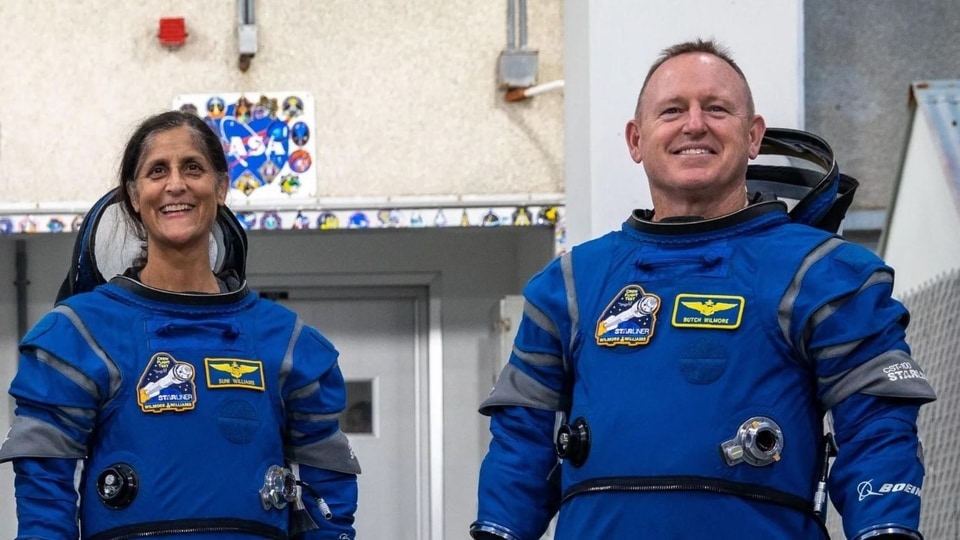
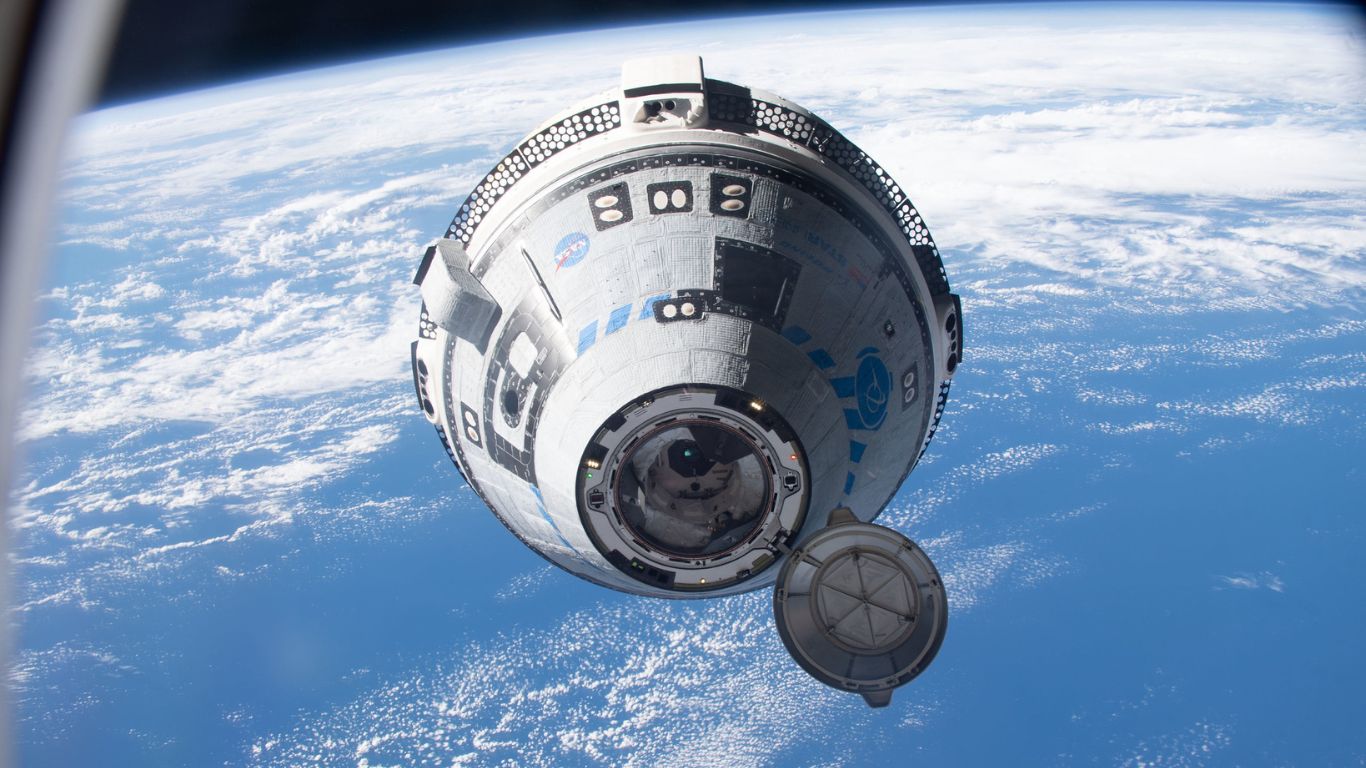
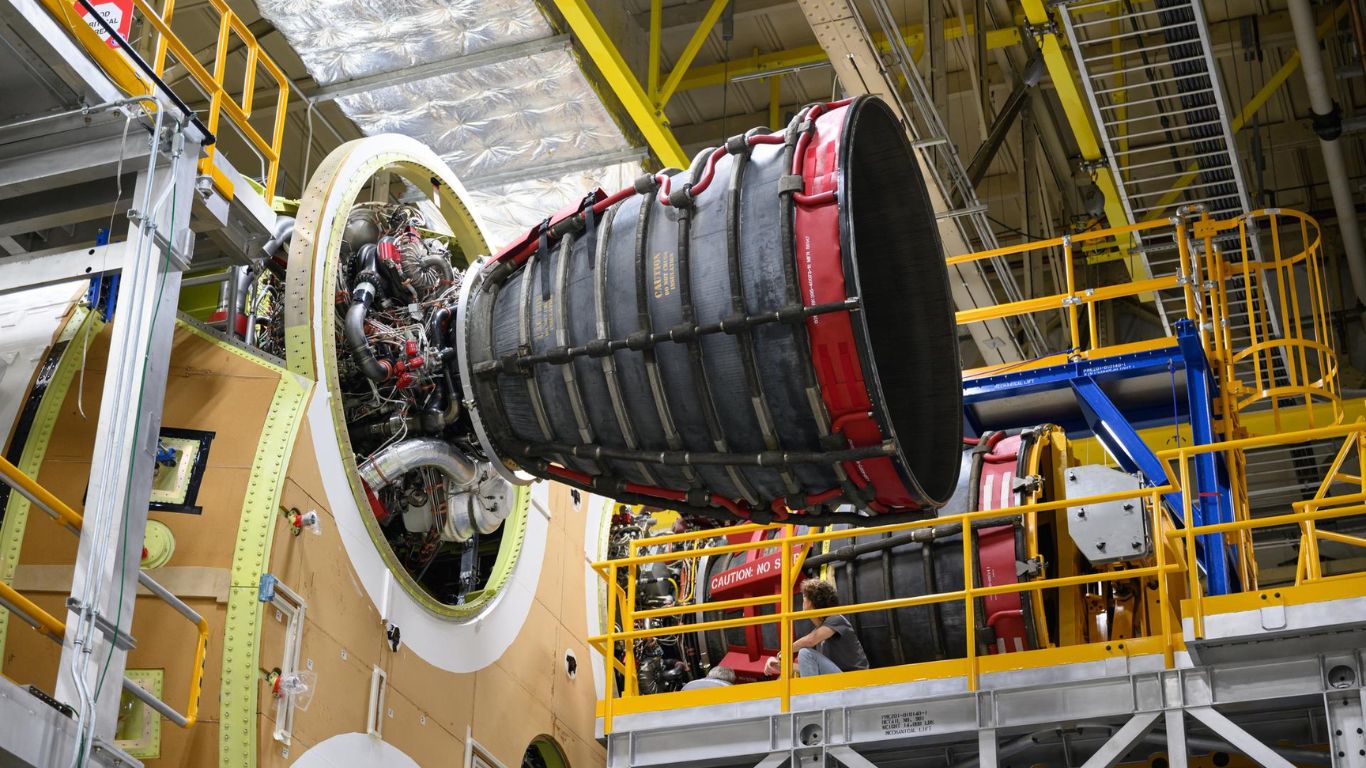
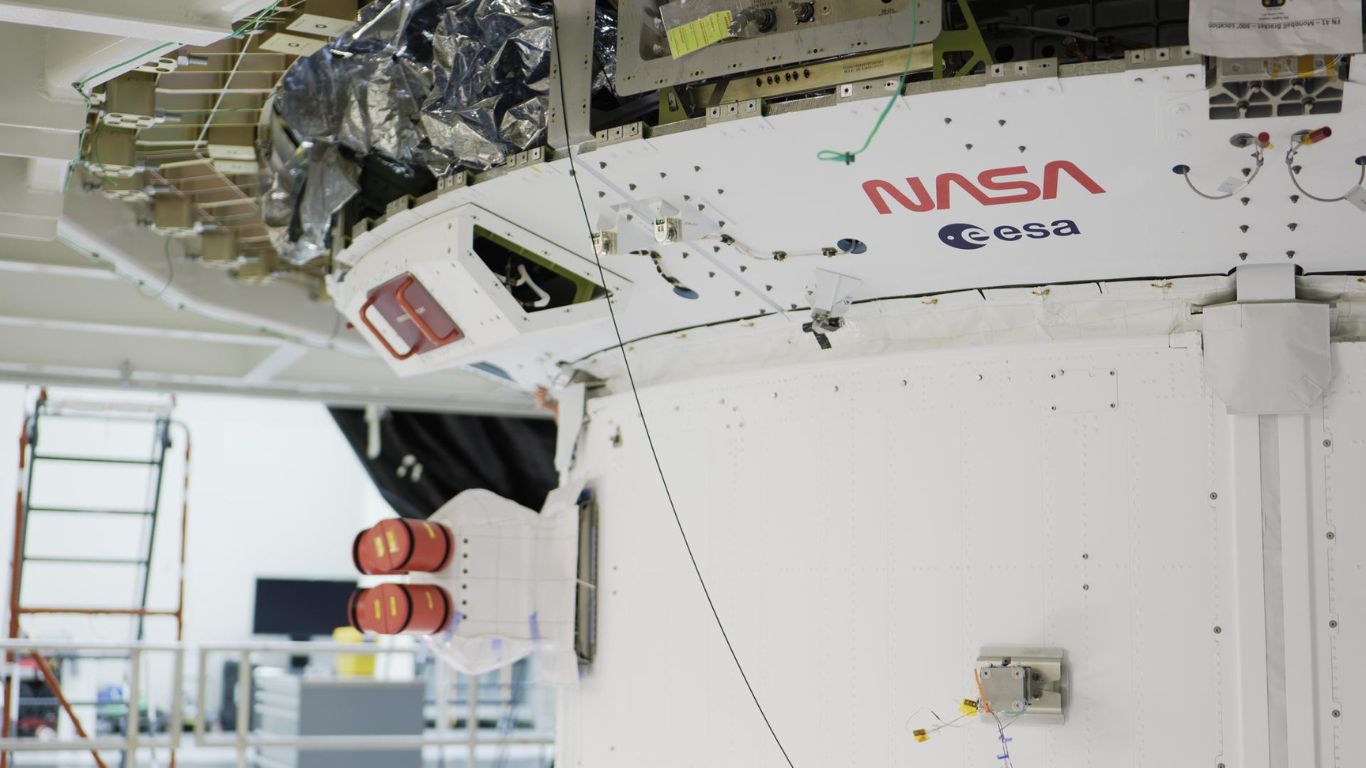
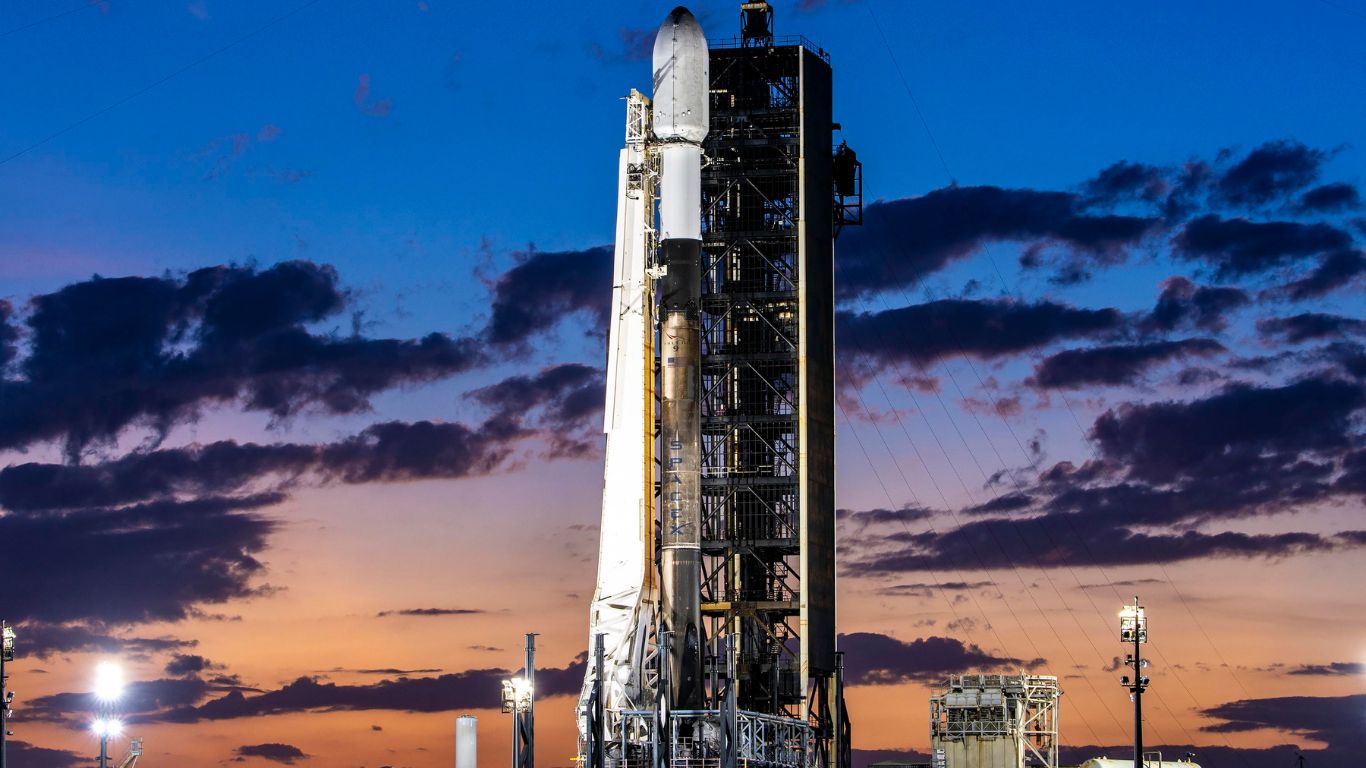

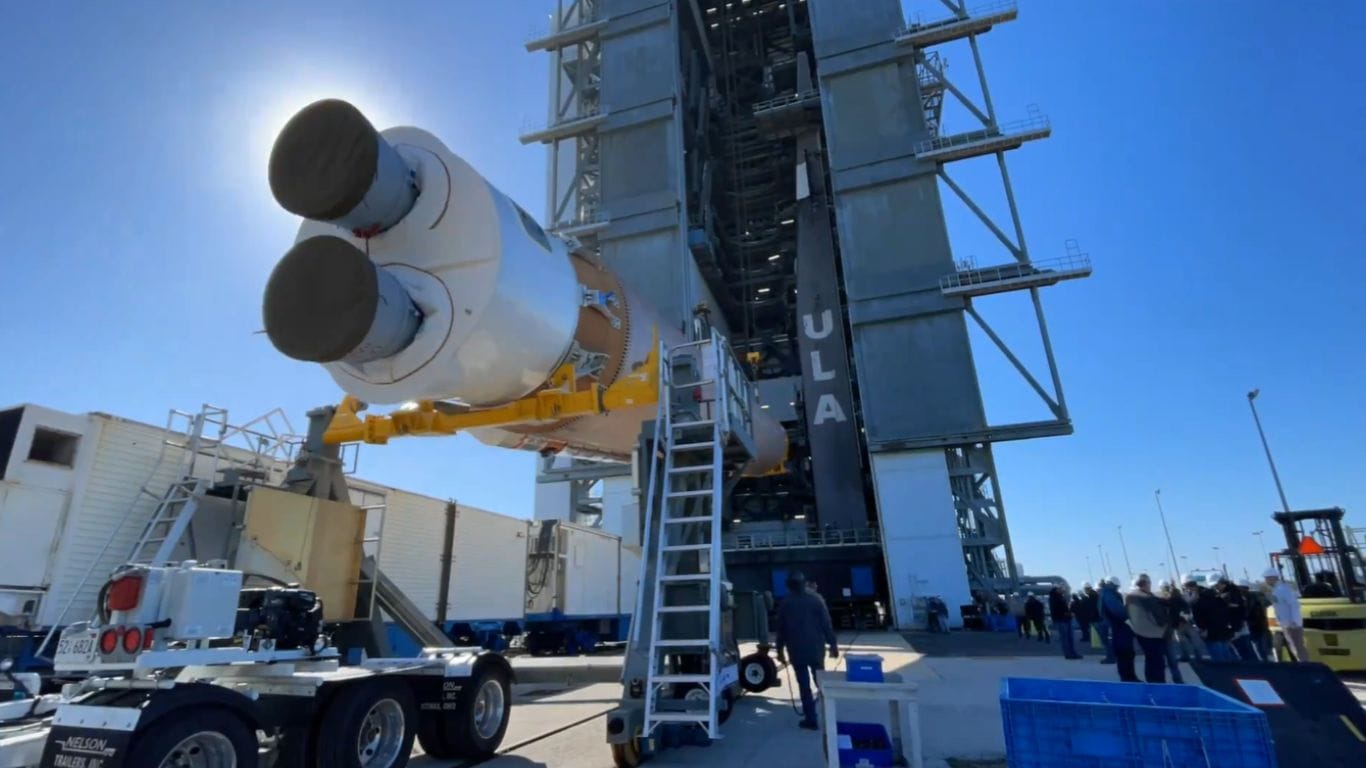
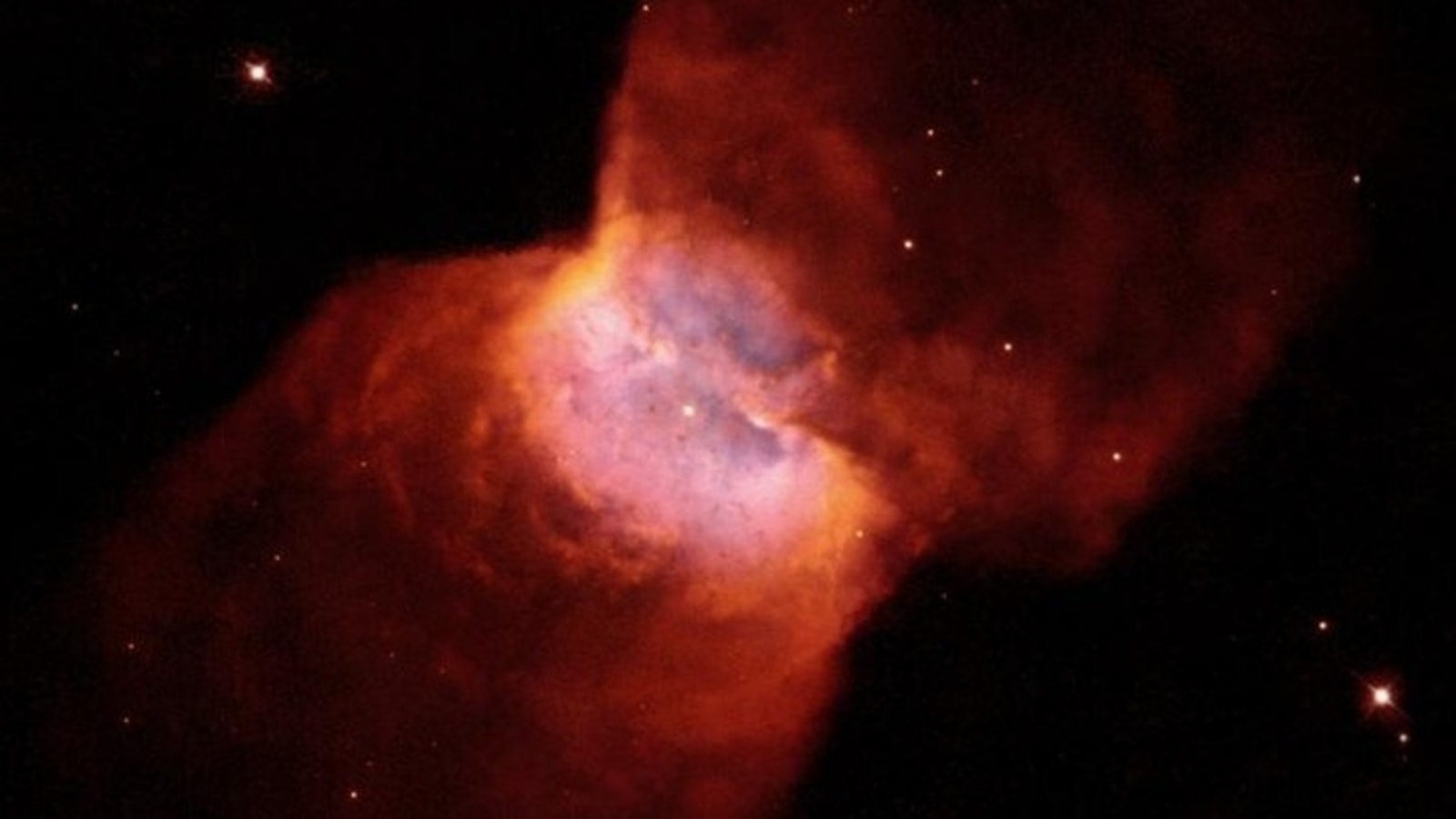
 View all Images
View all ImagesNASA's Hubble Telescope has once again captivated space enthusiasts with a stunning image showcasing the "last gasp" of a dying binary star system known as NGC 2346. This system, classified as a "planetary nebula," emerges from Sun-like stars that are approaching the final stages of their life cycles.
What NASA says about NGC 2346
The image, shared by NASA on Instagram offers a mesmerizing glimpse into NGC 2346, located about 2,000 light-years away in the constellation Monoceros. Planetary nebulae like this are formed when Sun-like stars reach the final stages of their life cycles and eject their outer layers into space. What makes NGC 2346 particularly fascinating is its central binary star system, where two stars orbit each other in a tight 16-day cycle.
The evolutionary journey of the binary stars is equally intriguing. Initially, the stars were further apart, but as one star evolved into a red giant, it engulfed its companion, leading to a spiralling motion that released gas into a surrounding ring. Subsequent stellar winds inflated two enormous "bubbles," shaping the nebula into its distinctive butterfly-like appearance. Thus, it is also known as the Butterfly Nebula.
Reactions and Admiration: Social Media Response
The image captured by the Hubble Telescope reveals the nebula's two-lobed structure expanding outward from a central pinkish region, resembling dark red and orange wings against the backdrop of space. Its striking beauty has garnered widespread admiration, amassing over 61,000 likes and sparking awe among viewers.
Comments on the post expressed appreciation for the mesmerizing imagery and the remarkable science behind it. Users marvelled at the intricacies of the cosmos and the advancements in space exploration that enable us to witness such breathtaking phenomena.
Pondering the Mysteries of Space
As NASA continues its mission to explore the mysteries of the universe, each image from the Hubble Telescope serves as a reminder of humanity's insatiable curiosity and our relentless quest to unravel the secrets of the cosmos. With each discovery, our understanding of the universe expands, deepening our appreciation for the wonders that lie beyond our planet. As we gaze upon the beauty of NGC 2346 and other celestial marvels, we are reminded of the vastness and complexity of the cosmos, fueling our curiosity to explore further into the depths of space.
Also, read other top stories today:
Having network problems with AT&T? Customers of the US' largest wireless provider reported widespread outages on Thursday. Here's what to know if you are having problems with your phone service. Read here.
AI boost Nvidia's stock! Nvidia Corp.'s blowout earnings report lifted shares and assured the market that artificial intelligence mania is still going strong. It might also make the stock look cheaper. Know all about it here.
AI billionaires club! After several decades of transformative tech wealth, the AI boom is ushering in another. A glance at the top 10 richest people in the world shows tech leaders, from Elon Musk to Bill Gates, are still on top. Check out this article here.
One more thing! We are now on WhatsApp Channels! Follow us there so you never miss any updates from the world of technology. To follow the HT Tech channel on WhatsApp, click here to join now!
Catch all the Latest Tech News, Mobile News, Laptop News, Gaming news, Wearables News , How To News, also keep up with us on Whatsapp channel,Twitter, Facebook, Google News, and Instagram. For our latest videos, subscribe to our YouTube channel.





























